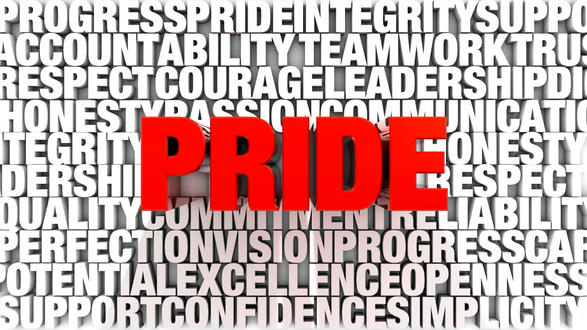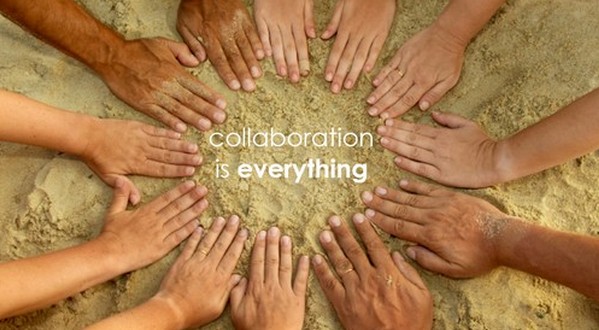This
month on A View From The Q Bill Troy has
been talking a lot about focus as ASQ goes through their strategic planning
process. Do you have the right focus? Do you have a clear vision?
Given
all of the rapid changes and increasing distractions organizations face today,
individuals must be able to focus on those things that offer the greatest
advantage to the organization. The clearer the priorities, the easier it will
be for people to focus their energies on what really counts.
You
can’t do everything. So you have to focus. Since you can’t do everything and if
you ever could, your customers wouldn't believe you anyhow, then you need to
focus on something that you do well, that people want.
The
job of management is to steer the focus of their organization towards those few
vital priorities that will keep or bring the organization into alignment with
the demands of its customers. Once these are identified, employees can then
pinpoint the group, division, factory, department, or project gaps that must be
closed to stay aligned with the strategic direction of your organization.
Leadership
must articulate a vision and goals describing what they believe want to accomplish.
They must provide a clear charge to all layers of management and process
improvement team members to work towards this vision, making sure that everyone
understands the vision. Leaders work with others to set specific goals and a
manageable scope for each action. Focus on defining the attributes needed for
success and empower the team to develop efficient and effective approaches to
accomplish them.
Casting
the vision is not enough. Starting out
is always the most difficult part, but do not let the vision fall flat. Revisit, reinvent, and restrategize until the
flow becomes natural. Create and align company goals with the vision, and align
individual and team goals with company goals.
Let
your employees know how they will benefit from embracing the vision. Explain
and reinforce the financial rewards when the goals of the vision have been
achieved, such as bonuses, recognition, and career development. Share the
vision frequently through staff meetings, outings, newsletters, emails, posters
and employee campaigns. Develop visuals, such as tables, charts and photos,
which highlight milestone accomplishments of the vision.
Traditional
planning methodologies focus on steering an organization in the direction
desired by top management. Often referred to as management by objective (MBO) since
top management establish the objectives, targets, evaluate whether employees
meet these targets. Unfortunately, as we know, you can’t achieve the desired
results by just dictating individual targets.
In
Lean Thinking “Hoshin Kanri” is the process to select those annual objectives
that will give the organization the greatest possible advantage. The word
hoshin is formed from two Chinese characters: ho stands for “method,” shin
means “shiny metal showing direction.” Kanri stands for “planning.” Together,
hoshin kanri is used to communicate a “methodology for setting strategic
direction,” in other words, a management “compass.”
The
Hoshin kanri process identifies and concentrates resources on the vital few
stretch achievements that support the vision. It separates those performance
issues that require dramatic improvement from the many incremental improvements
that can achieved at the local level. All the changes that the leadership
believes to be incremental are skimmed out of the strategic plan and addressed
through quality in daily work. The remaining category of contribution – the
vital few breakthrough achievements – becomes the core of the hoshin kanri
process.
At
the heart of hoshin kanri is the Plan-Do-Study-Act (PDSA) cycle. Promoted by w.
Edwards Deming, this management cycle (sometimes called the PDCA cycle) is an
iterative process. A closed loop system, it emphasizes four repetitive steps:
First,
start with an idea and create a PLAN to test it.
Then,
DO adhere to the plan, and take corrective action when necessary.
Next,
analyze and STUDY discrepancies to identify the root causes of obstacles.
Finally,
take appropriate ACTion. If the outcome matches expectations, then standardize
the process to maintain the gains. If the results were disappointing, then
modify the process to eliminate the root cause of remaining problems. In either
case, repeat the process starting again with PLAN.
While
these steps appear in a linear sequence, when implemented the phases are best
thought of as concurrent processes that can continually be improved.
Hoshin
kanri is the system for setting management’s compass toward True North. It is a
tool to align people, activities, and performance metrics with strategic
priorities. It can be used to communicate direction, coordinate activity, and
monitor progress. It enables members of the organization to work together in
the most creative way to define and achieve the strategic intent.
I’m part of the ASQ Influential Voices program. While I receive an honorarium from ASQ for my commitment, the thoughts and opinions expressed on my blog are my own.













